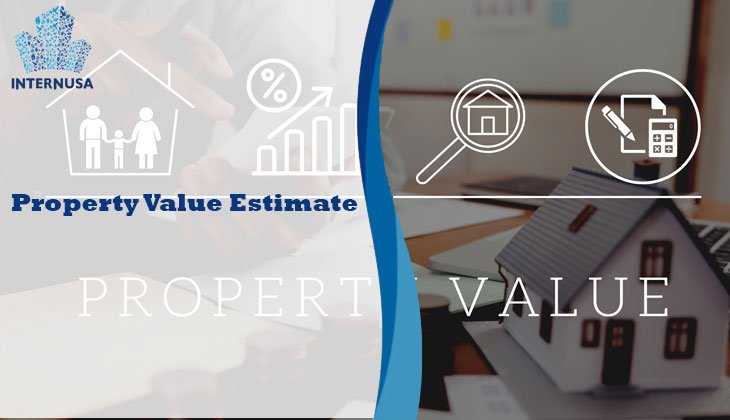10 Tips Before Buying an Income Property
What Is an Income Property?
An income property is a real estate asset purchased primarily to generate rental income or capital gains over time. It could be a residential unit, commercial building, or multi-tenant property. For investors, income properties offer a tangible and potentially lucrative investment vehicle—especially when chosen wisely.
Why Invest in Income Property?
Stable Cash Flow: Regular rental income provides financial stability.
Asset Appreciation: Over time, the property’s value tends to increase.
Tax Benefits: Deductions on mortgage interest, depreciation, and operational expenses.
Inflation Hedge: Rental rates often rise with inflation.
Leverage: You can use borrowed money (mortgage) to buy property and amplify returns.
But to enjoy these benefits, you must evaluate various critical factors before buying.
10 Factors to Consider When Buying an Income Property
1. Location, Location, Location
This is non-negotiable. The neighborhood dictates rental demand, tenant quality, and long-term property value. Look for areas with:
Low crime rate
Good schools
Public transport access
Economic growth
Nearby amenities (hospitals, malls, workplaces)
Investing in an “up-and-coming” area can yield better appreciation, but also carries more risk.
2. Property Type and Tenant Profile
Is it residential, commercial, or mixed-use?
Residential units are easier to manage and have higher tenant turnover.
Commercial spaces may offer higher rent but can sit vacant longer.
Multi-family properties diversify your income streams.
Match your property choice with the tenant type you’re targeting: families, students, professionals, or businesses.
3. Condition and Age of the Property
Older properties might come at a discount but may require major renovations.
Ask these questions:
How old is the roof, plumbing, and electrical systems?
Are there signs of foundation or structural issues?
Is it up to local building codes?
Always conduct a professional inspection to avoid expensive surprises.
4. Cash Flow Potential
Evaluate how much rental income the property can generate compared to its expenses.
Key formula: Gross Rent – Operating Expenses = Net Operating Income (NOI)
Then use this to calculate your cap rate (NOI ÷ Purchase Price). A cap rate between 5–10% is generally considered healthy.
Don’t forget hidden costs like vacancies, maintenance, and property management fees.
5. Financing and Mortgage Options
How will you fund your purchase? Common choices include:
Traditional bank loans
Real estate investment loans
Private lenders
Compare interest rates, down payment requirements, and loan terms. A lower interest rate may improve your monthly cash flow significantly.
6. Local Laws and Regulations
Every region has its own rules on:
Landlord-tenant laws
Eviction procedures
Rent control
Property taxes
Make sure you understand the legal obligations and rights before buying. Consult with a local real estate attorney or agent if needed.
7. Property Management Plan
Will you manage the property yourself or hire a manager?
Self-managed properties save money but require time and effort.
Property management companies typically charge 8–12% of rent but handle tenant screening, rent collection, and maintenance.
If you live far from the property, hiring a manager might be the smarter move.
8. Vacancy Rate and Market Demand
Study the local vacancy rates. High vacancy could signal low demand or overpricing. Research:
Average rent for similar properties
Time on market before units are rented
Occupancy trends over the last 12–24 months
Buy in an area where demand consistently exceeds supply.
9. Exit Strategy and Long-Term Goals
Always plan your exit before you enter. Ask yourself:
Will you hold the property for 5, 10, or 20 years?
Do you plan to refinance, resell, or pass it on as inheritance?
What return are you aiming for?
Align your purchase with a clear investment strategy and timeline.
10. Economic and Market Trends
Keep an eye on macroeconomic indicators:
Interest rates
Employment rates
Real estate cycles
Government incentives for landlords or developers
Even a great property in the wrong economic climate can underperform.
Take the Long-Term View
Buying an income property is a big step, but with research and strategy, it can be one of the most rewarding investments you make. Always weigh the numbers, analyze the risks, and plan ahead.
Remember, real estate isn’t just about buying cheap and selling high—it’s about creating sustainable, long-term income from the right property.






